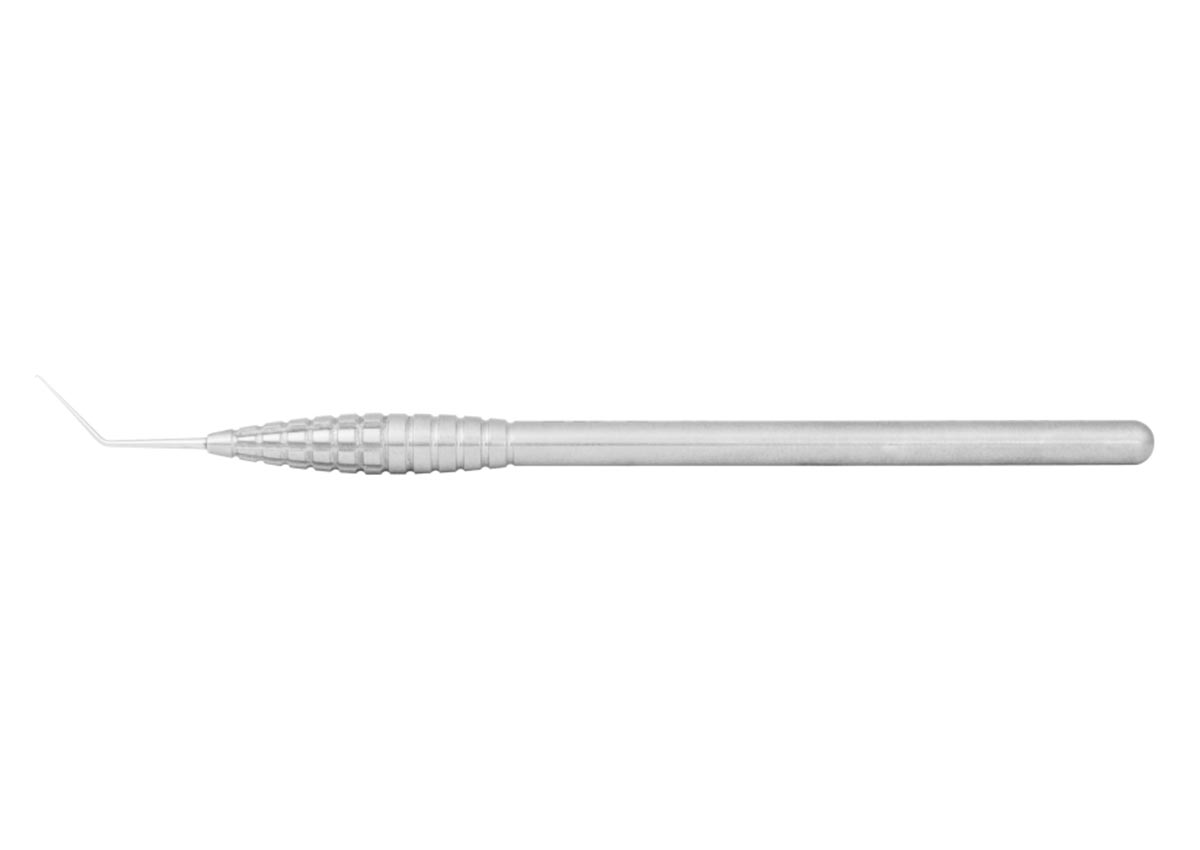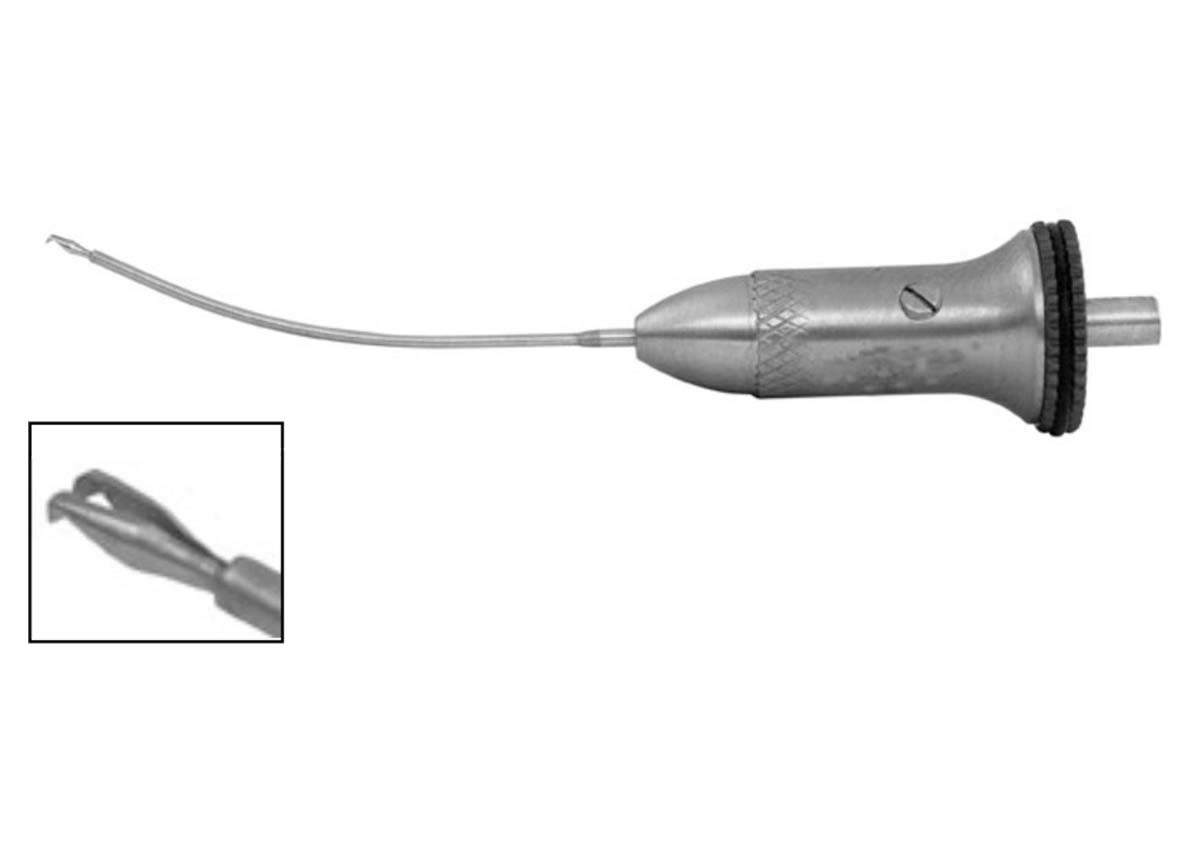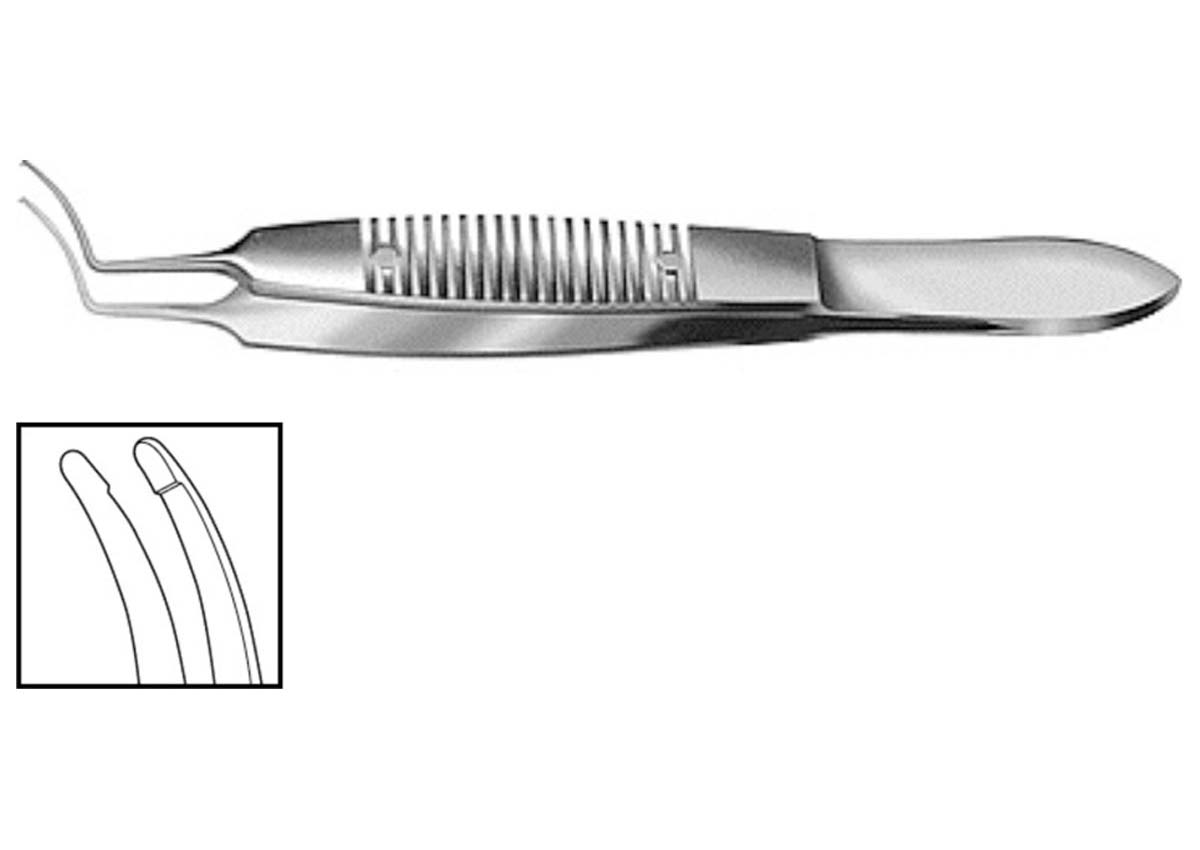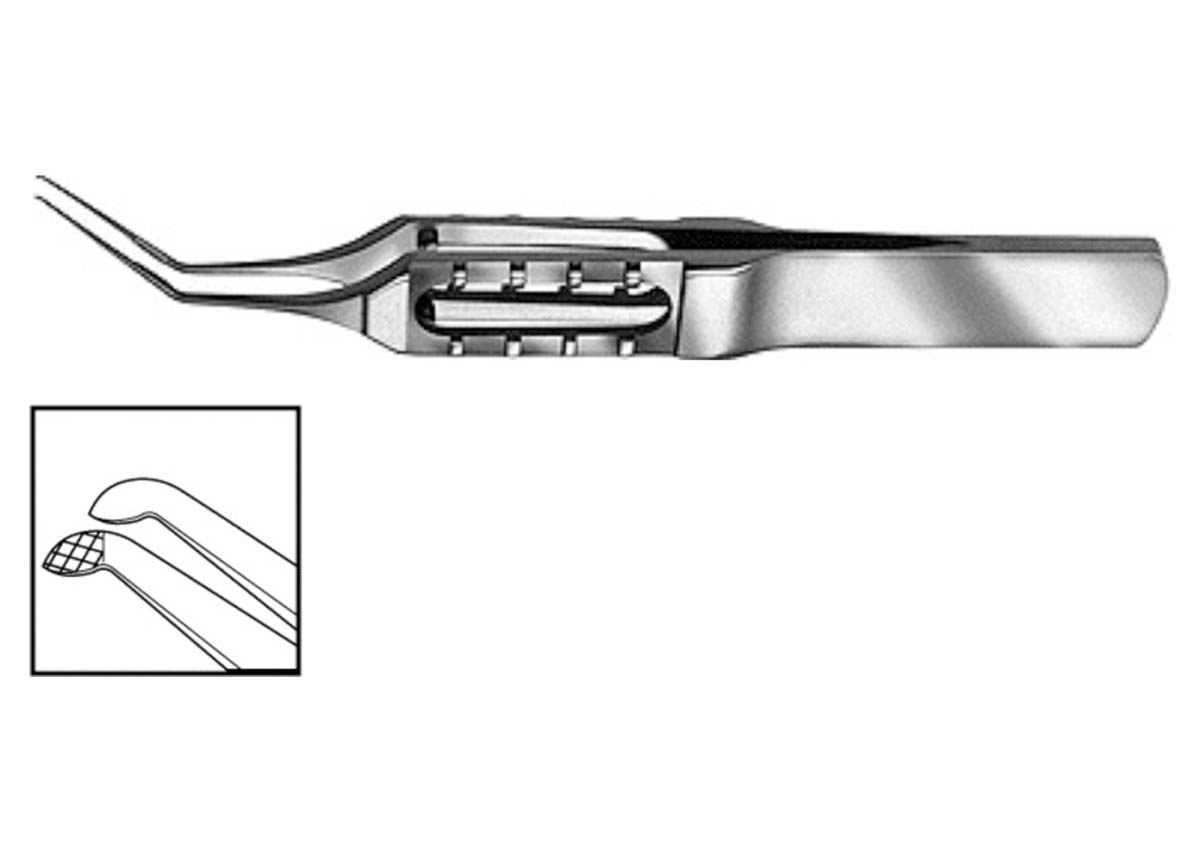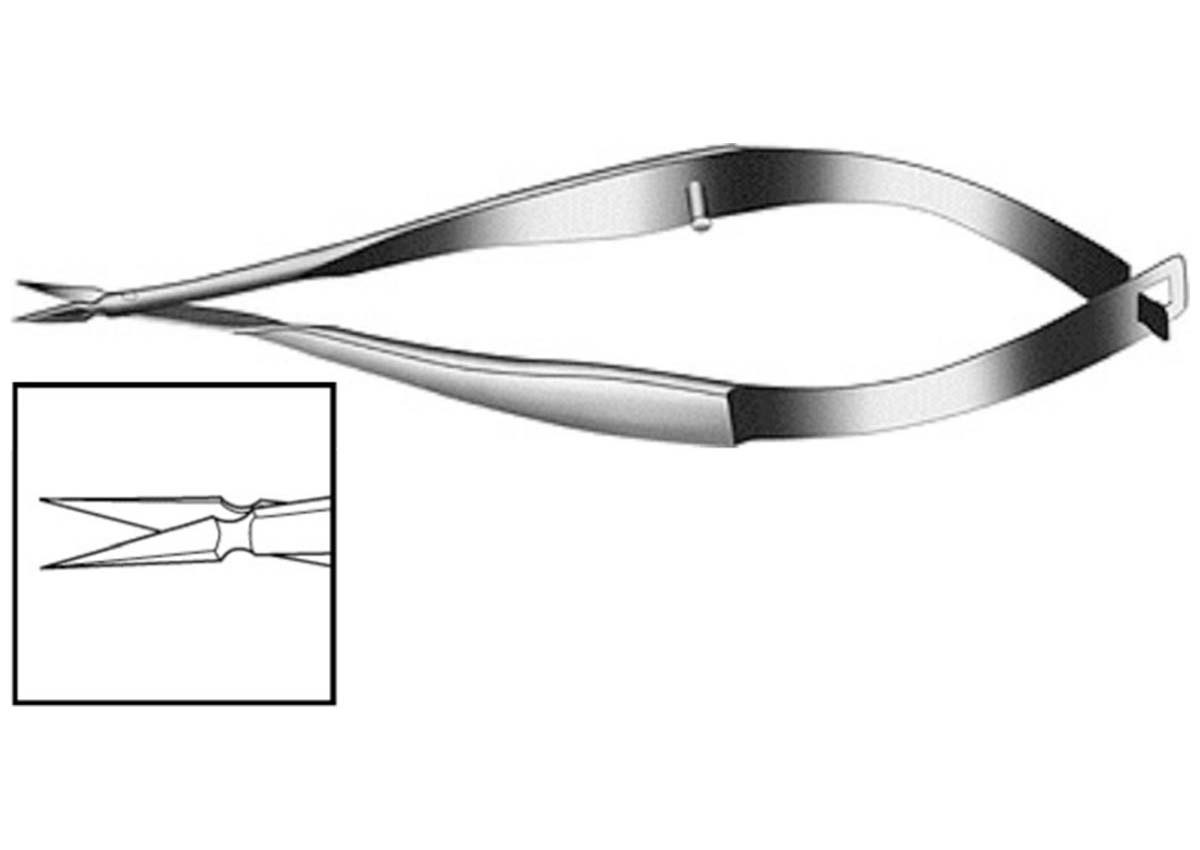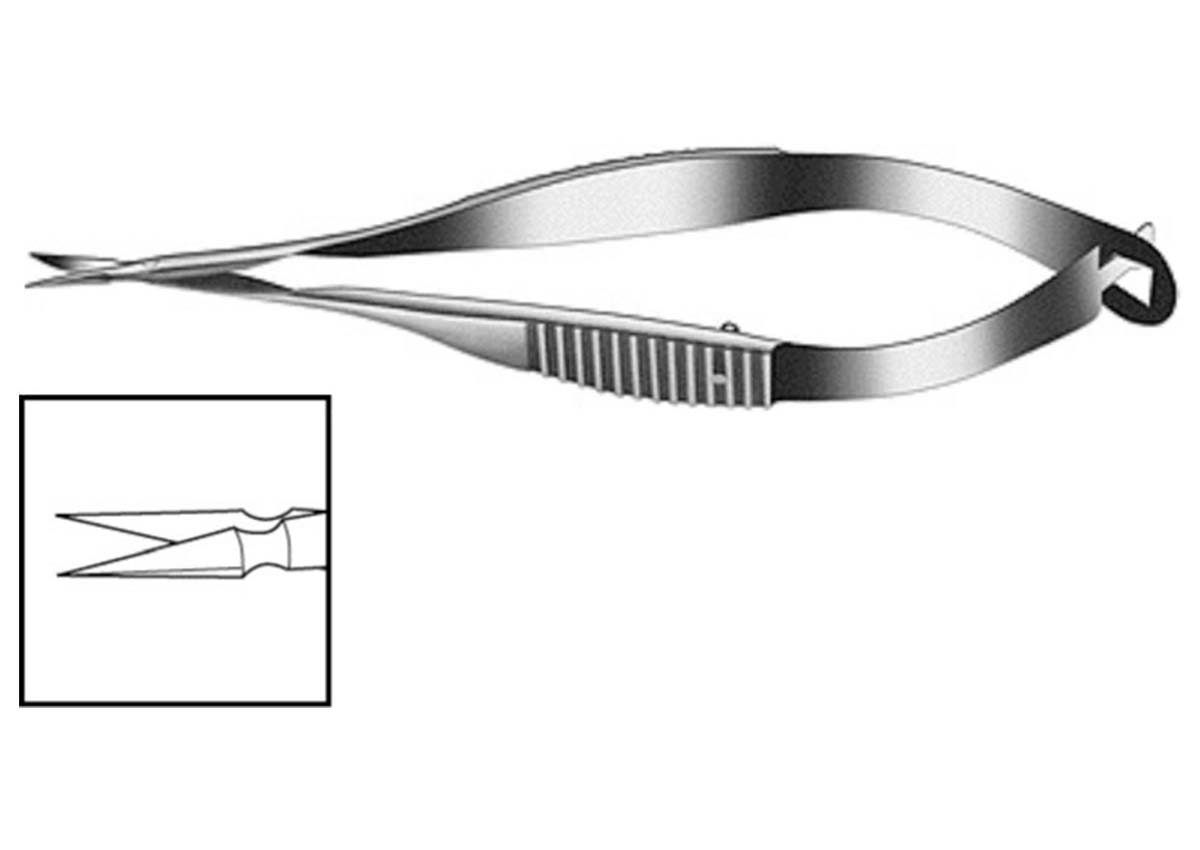Women Day OFFER :GET 50% Discount on Apparel, Shoes, Glares, Sacarfs, Mobile cover etc use the CODE- INTLWOMEN23# ORDERONLINE NOW
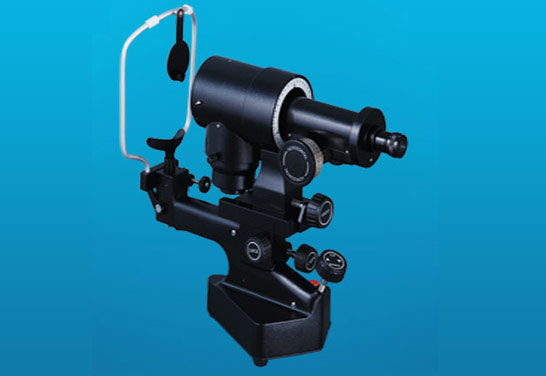

$
750
$ 500
(33.3% off)
zabby37
ZABBYS Keratometer is diagnostic instrument commonly used by ophthalmologists for eye examination, measuring the curvature of the anterior surface of the cornea. Moreover, it provides an accurate measurement of Corneal Radius Curvature and Curvature of Contact lens. Features Coincidence Focusing System 15 x Eyepieces One Position Instrument. Measure Both Meridians Without Changing Optical System Simple Vertical Adjustable Head To Fit Patient Astigmatic Axis 0 to 180 Degree Dual Eye Level Sighting System Dioptre 36 - 52 (in 0.25 steps) Paint Finish : Black Or White The Achromatic Optical Systems to Precise Measurement Of The Corneal Radius Curvature And Accurate Measurement Of Radius Curvature Of Contact Lens Standard Accessories Dust Cover One Spare Bulb The Bausch and Lomb keratometer is a one position keratometer that gives readings in dioptric form. It differs from the Javal-Schiotz in that object size is fixed, image size is the manipulable variable. The reflected rays are passed through a Scheiner disc with 4 apertures — two of which are used for the focusing of the mires at the fixed telescope focal distance, the other two for dual prism doubling. The instrument is based on the Helmholtz design which has two maneuverable prisms aligned vertically and horizontally. This creates two adjustable images in addition to the original image, one above and one to the left. By adjusting the distance between the eyepiece and the prism, the effective power of these prisms can be altered. As the distance is decreased, the effective prismatic power decreases. This decreases the image size along the respective prism alignment, moving the duplicate image closer to the original. An increase in the eyepiece to prism distance leads to an increase in prismatic shift. As there are two prisms, each aligned perpendicular to the other, the major and minor axis powers can be measured independently without adjusting the orientation of the instalment. In converting the measurements obtained from the corneal surface into a dioptric value, the B&L keratometer uses the general lens formula (n'-n)/R and assumes an n' of 1.3375 (compared to the actual corneal refractive index of n'= 1.376). This is a fictional value, which includes an allowance for the small, yet significant, negative power of the posterior corneal surface. This allows for a readout in both refractive power (dioptres) and radius of curvature (millimeters).
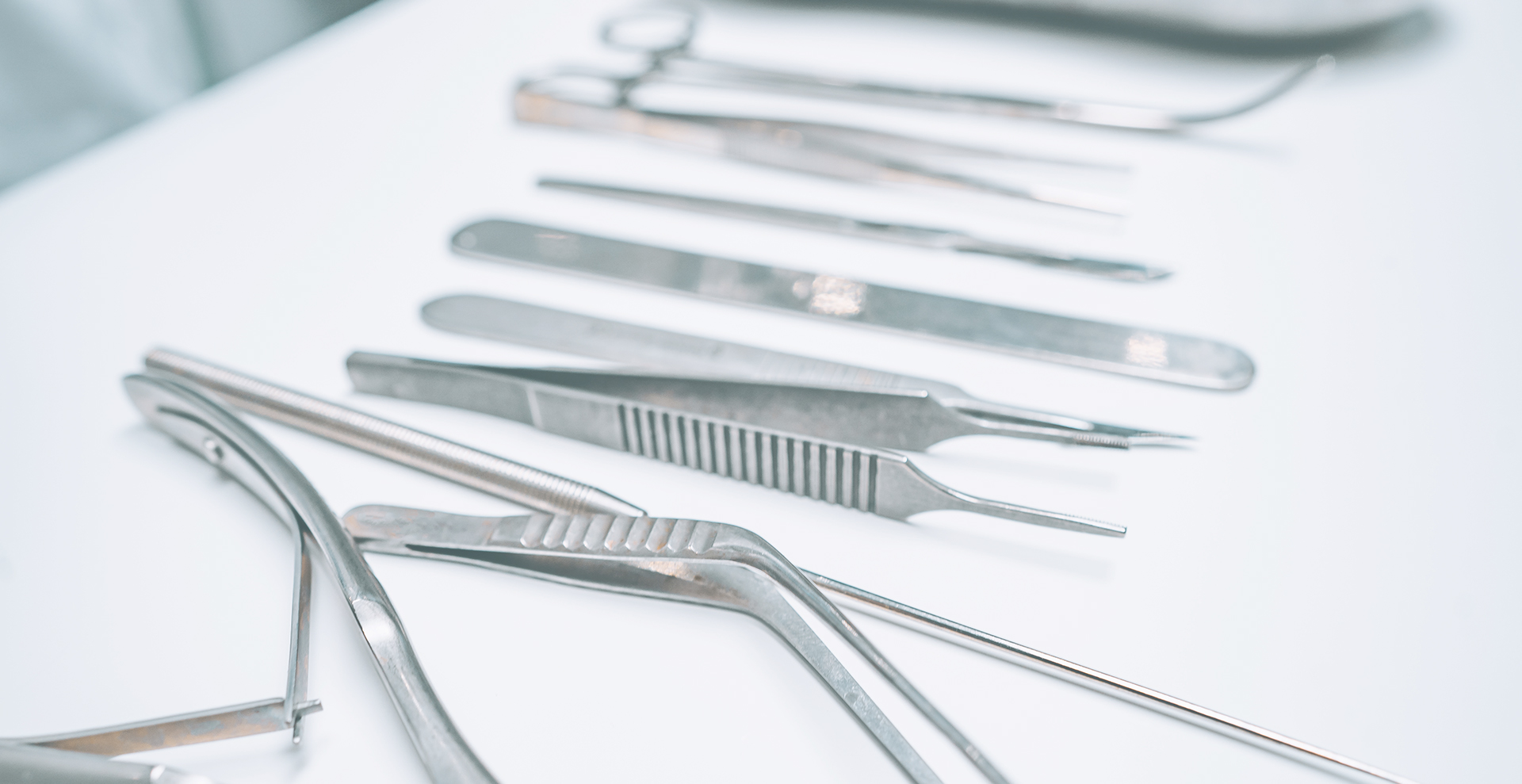
TRy YOU MAY ALSO LIKE THIS COLLECTION

We take this opportunity to introduce ourselves as a leading manufacturer and exporter of goods of highest international standard and to export/supply them at most competitive rates to all parts of the world.




Toll Free
(011 2341 2786) Mon-Sat 10AM - 6PM IST

27, 28 & 93, Lower Ground Floor World Trade Center Near Hotel The Lalit Babar Road, Barakhamba Lane Connaught Place, New Delhi-110001, INDIA






